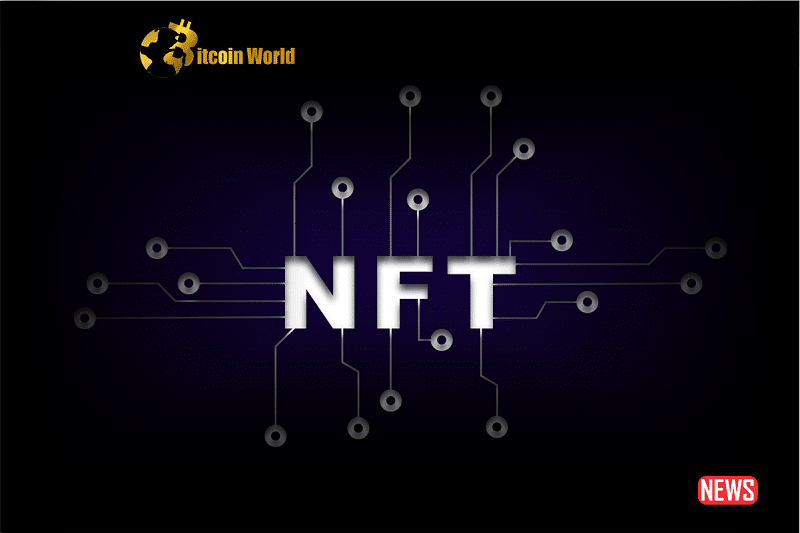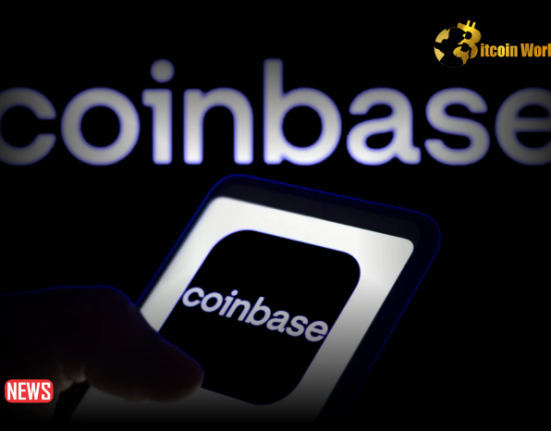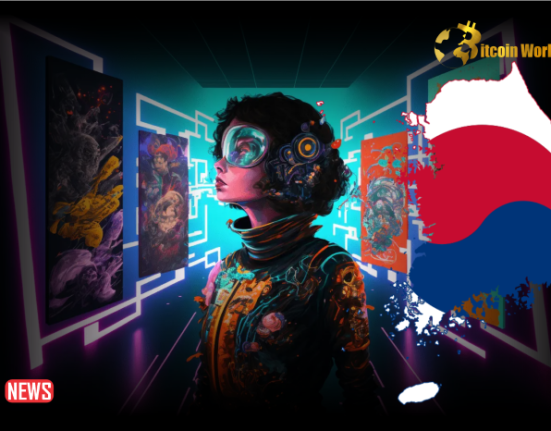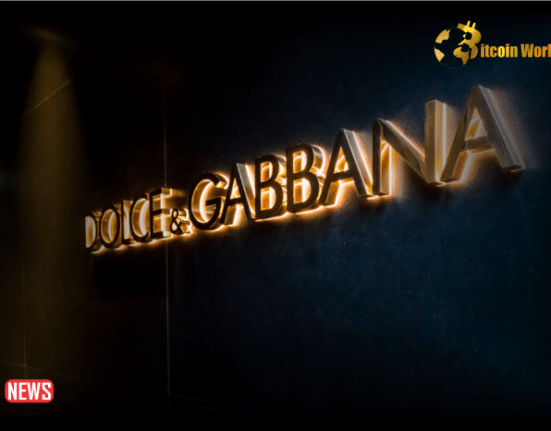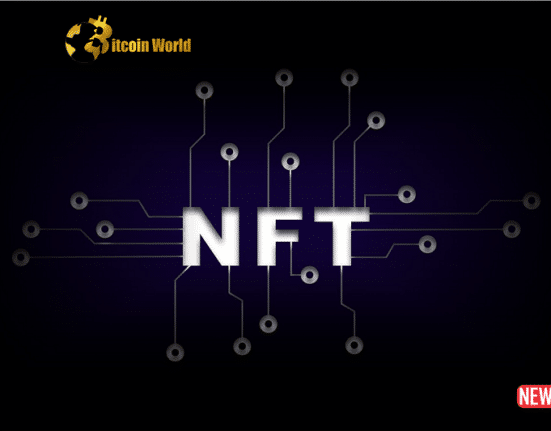In Non-Fungible Tokens (NFTs), lending is quickly becoming the new trend. This shift in focus has been predominantly fueled by Blend, a revolutionary lending protocol introduced by Blur, the leading NFT marketplace in terms of volume. Since its recent launch, Blend has experienced a meteoric rise, driving a surge in NFT loan activity throughout the month.
According to a report from DappRadar, the combined NFT loan volumes from May 1 to May 22 amounted to a staggering $375 million. Impressively, Blend accounted for 82% of this total, reaching an impressive figure of $308 million. These statistics firmly establish Blend as the dominant player in the NFT lending sector.
NftFi, a pioneering platform in the NFT lending space, has also made significant strides, processing a total lending volume of $427 million since its launch 24 months ago. Another noteworthy competitor, BendDAO, has achieved an impressive lending volume of $315 million since its inception in March 2020. However, Blend’s unparalleled success sets it apart, with a total value locked reaching $24 million.
“The pivot from trading to lending, and a remarkable growth in daily unique users, are testament to Blur’s growing influence and the impact of its strategic maneuvers,” stated DappRadar. This statement highlights the transformative power of Blend and Blur’s dedication to reshaping the NFT landscape.
In terms of market share for May, Blend’s closest rival is X2Y2, which secured a 5.5% market share with $20.7 million in loan volume. NftFi follows closely behind, capturing a 5.3% market share with $19.9 million in lending volume. These figures demonstrate Blend’s significant lead over its competitors and the immense popularity it has gained in a short period.
The surge in NFT lending activities is a much-needed boost for the NFT finance sector. Since January 2022, the NFT market has experienced a prolonged downturn, with diminishing trade volumes and plummeting floor prices. However, NFT trading generated $466 million in volume since May, surpassing the nascent lending sector by a mere 20%.
The blend has shaken up the NFT lending sector since its launch on May 1. The lending protocol stands out by accepting any digital asset as collateral, emphasizing NFTs. Its innovative approach and controversial incentive program have quickly propelled Blend into the spotlight. The platform allocated $186 million worth of its BLUR token to early adopters, igniting a boom in wash trading by opportunistic whales. DappRadar estimates that $19 million worth of wash trades were executed on Blur in the past week alone.
While Blend’s trading volume experienced a 16% decline in the past week, totaling $104.3 million, it remains a force to be reckoned with. Among Blend users, the favored collection is Azuki, accounting for one-third of Blend’s volume with 6,455 loans worth $127.1 million. CryptoPunks follow closely behind with 953 loans worth $63.4 million, and Milady Maker contributes 7,621 loans worth $40.8 million.
Notably, the Bored Ape Yacht Collection and Mutant Ape Yacht Club have rapidly gained momentum on Blend. Since the platform started supporting these collections on May 15, they have generated $32 million from 513 loans and $21 million from 1,676 loans, respectively.
With Blend’s continued success and the surge in NFT lending activities, the future looks promising for the NFT market. As this sector gains more traction, NFTs may receive the much-needed adrenaline required to revitalize the market and inspire new growth opportunities for creators and investors alike.

